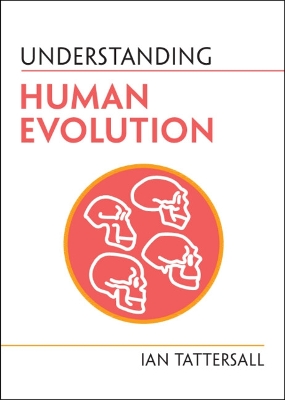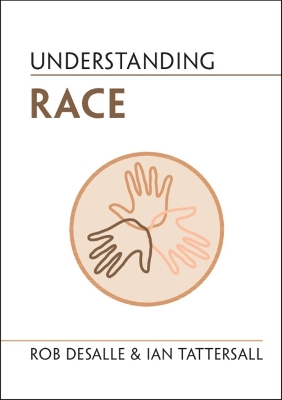Understanding Life
2 total works
Human life, and how we came to be, is one of the greatest scientific and philosophical questions of our time. This compact and accessible book presents a modern view of human evolution. Written by a leading authority, it lucidly and engagingly explains not only the evolutionary process, but the technologies currently used to unravel the evolutionary past and emergence of Homo sapiens. By separating the history of palaeoanthropology from current interpretation of the human fossil record, it lays numerous misconceptions to rest, and demonstrates that human evolution has been far from the linear struggle from primitiveness to perfection that we've been led to believe. It also presents a coherent scenario for how Homo sapiens contrived to cross a formidable cognitive barrier to become an extraordinary and unprecedented thinking creature. Elegantly illustrated, Understanding Human Evolution is for anyone interested in the complex and tangled story of how we came to be.
The human species is very young, but in a short time it has acquired some striking, if biologically superficial, variations across the planet. As this book shows, however, none of those biological variations can be understood in terms of discrete races, which do not actually exist as definable entities. Starting with a consideration of evolution and the mechanisms of diversification in nature, this book moves to an examination of attitudes to human variation throughout history, showing that it was only with the advent of slavery that considerations of human variation became politicized. It then embarks on a consideration of how racial classifications have been applied to genomic studies, demonstrating how individualized genomics is a much more effective approach to clinical treatments. It also shows how racial stratification does nothing to help us understand the phenomenon of human variation, at either the genomic or physical levels.

